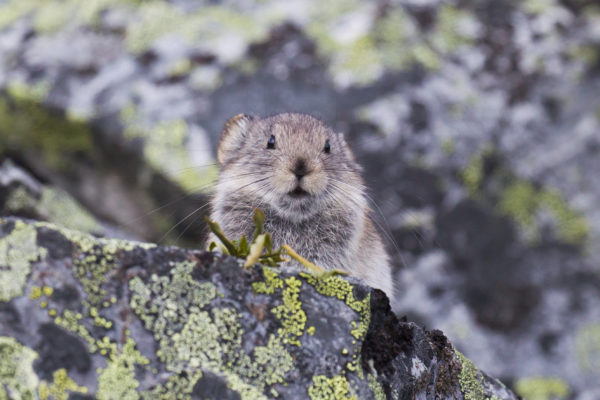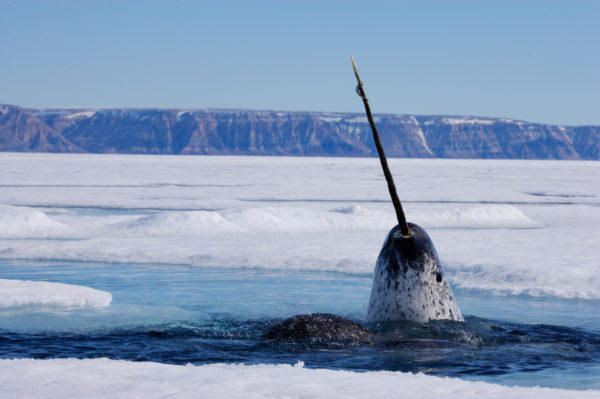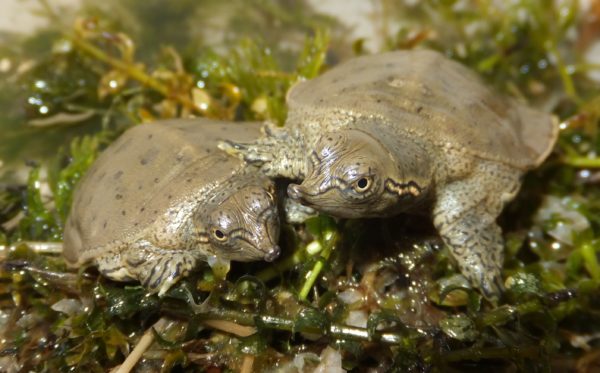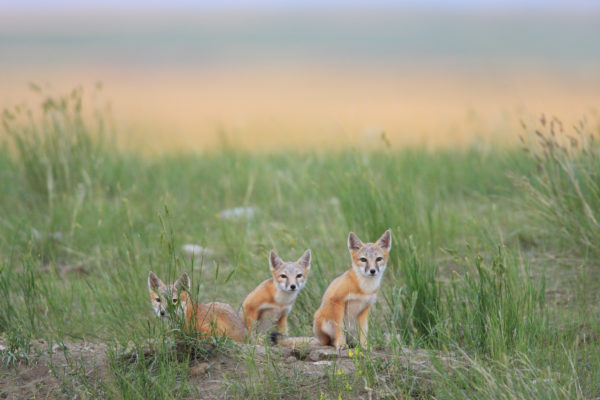Five creatures that want us to fight climate change
Wildlife in Canada are in trouble, and climate change is making matters worse. These five species-at-risk – including a rabbit-like creature the weight of a baseball that climbs mountains and a beach-loving shorebird – are vulnerable to the changing climate, and stand to gain if Canadians embrace our abundant clean energy resources and say goodbye to the exorbitant costs of climate change, air pollution and habitat destruction that stem from the production, transportation and use of fossil fuels.
The collared pika is a grey, rabbit-like herbivore that weighs about as much as a baseball. It lives just above the tree line, roaming the mountainous areas of the Yukon, the Northwest Territories and northern B.C., where its habitat is relatively undisturbed – except by climate change. Already some populations of collared pika have been extirpated from parts of their historic range, after changes in moisture and weather caused by climate change made conditions inhabitable. As a result, the species has been designated as being of Special Concern under Canada’s Species at Risk Act.
Like a cross between a whale and a unicorn, the narwhal has a long, spiralled tusk – actually a tooth – that can grow up to 10 feet long. It lives in Arctic waters and is highly adapted to sea ice, as a place to feed and to take refuge. Studies have revealed that the narwhal is the most vulnerable of all Arctic marine mammals to the threats posed by climate change. Shrinking Arctic sea ice is already having an impact: Orcas venturing north find the increasingly ice-free waters suitable for hunting and seek narwhal as prey.
The piping plovers’ love of sunny, sandy beaches brings them into direct competition with beachgoers, resulting in disturbed or abandoned nests. While efforts to protect Endangered piping plovers from such disturbances are showing some success, increases in severe storms and rising sea levels associated with climate change are adding new stresses for this little shorebird by destroying sensitive nesting habitats.
The Threatened spiny softshell turtle has a pointy snout and, as you would expect, a soft shell. It lives in rivers and lakes but has experienced population declines in part due to the higher temperatures, droughts and flooding associated with extreme weather that is resulting from climate change.
This delicate, cat-size fox was extirpated from Canada in 1938 due to habitat loss and extermination by land-owners. Captive breeding programs and other conservation efforts have resulted in small population gains, but the current population of swift fox occupies only three per cent of its former range. These gains are threatened by indirect effects of climate change – the shift of habitats and prey availability.
WWF-Canada is working with industry and governments to ensure the transition to habitat-friendly renewable energy happens as quickly as possible. Visit renewables4nature.wwf.ca for more information.






